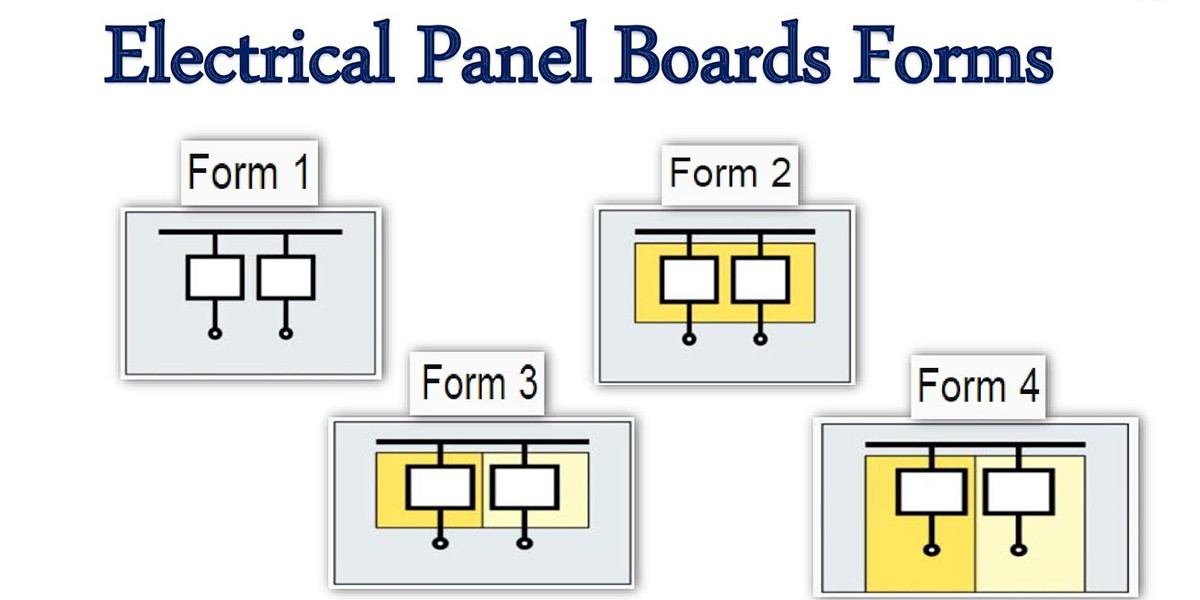Forming

Forming
Forming is a configuration used in electrical panels. This configuration is used to provide electrical isolation between the components inside the panel and to ensure that certain sections are not affected by others. This makes it easier to isolate faults and significantly increases safety during maintenance.
Types of Forming
The IEC 61439 standard defines a series of form types used in the construction of electrical distribution panels. Each form type differs based on the degree of barrier or partition between the components. Here are some common form types:
Form 1: In this form type, all components in the panel are located within the same compartment, and there are no barriers or partitions between them.
Form 2: This type is characterized by the separation of supply circuits from the switchboard and control circuits. Form 2 can also be divided into two subcategories:
- Form 2a: Only a physical barrier is present between components.
- Form 2b: Both a physical and an insulating barrier are present between components.
Form 3: This form type covers cases where each circuit or functional unit has its own compartment. This provides more isolation within the electrical panel and is generally used in more complex systems.
- Form 3a: Only physical barriers exist between circuits.
- Form 3b: Both physical and insulating barriers exist between circuits.
Form 4: This form represents the most complex configuration, where individual components are located in completely separate compartments, offering the highest degree of isolation and protection. Form 4 also has subcategories:
- Form 4a: Each terminal has its own compartment.
- Form 4b: In addition to each terminal having its own compartment, each power circuit and control circuit also has its own isolated compartments.
These form types ensure that panels are designed according to different use cases and security requirements. Higher form levels generally offer higher security and easier maintenance, though they may increase the cost.